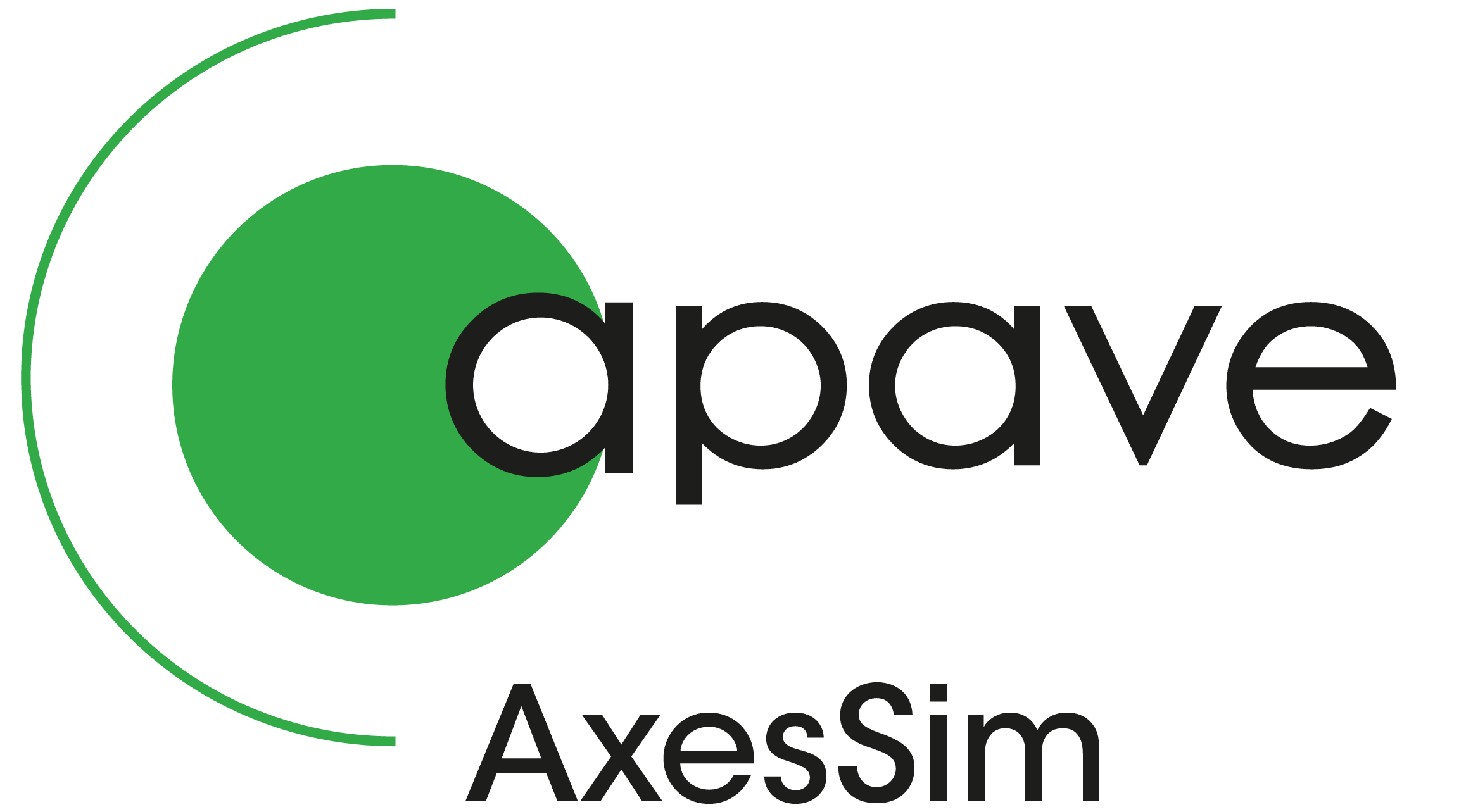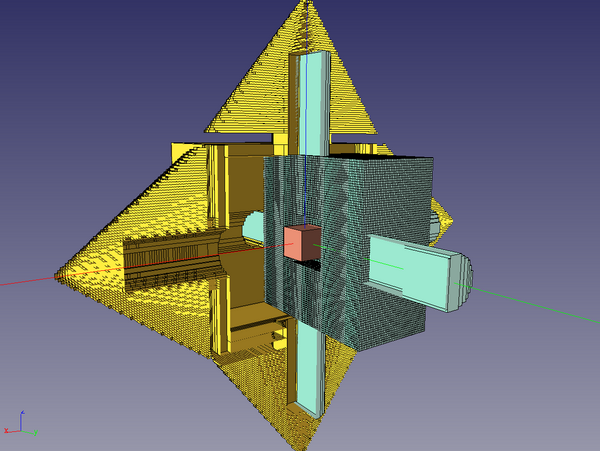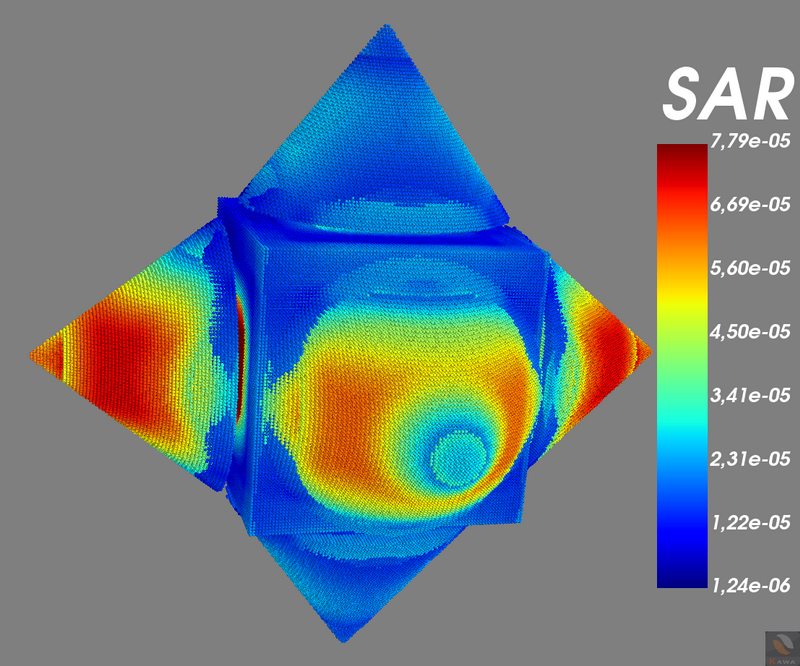Release 2201
Our 2201 Release represents a significant evolution in the AXS-SAR solution. It should be pointed out that AXS-SAR allows calculation of the Specific Absorption Rate (SAR). This value expresses heating of the biological material illuminated by the radiation of an antenna device such as nearby communication devices (mobile phone in operation in contact with the user’s cheek), a telephony base station ( 2/3/4/5G) or an airport’s radar.
The Finite Differences Time-Domain (FDTD) method takes into account the dielectric characteristics of materials with complex shapes such as the tissues of the human body. This specificity has led the normative committees to study and “standardize” the FDTD method to supplement measurements when impossible. Indeed, it is not possible to produce sufficiently realistic phantoms and appropriate instrumentation to measure the SAR as if it were a human person. In the same way, we do not know how to measure the SAR in a non-invasive way on a human being.
In addition to the calculation of the SAR, proper consideration of the radiation device is also essential since it is located very close to the user, the near fields must be calculated with great accuracy. A particular effort has therefore been made on the design and calculation tools for mobile phones, which requires a very precise mesh.
A series of standards has been drafted in this way, these are the IEC/IEEE 62704-[1, 2, 3, 4] standards. It both deals with the calculation of the SAR but also with the use of FDTD for the modeling of the complete scene.
The 62704 standards
The 62704 standards are the result of the TC 106 working group which deals with methods evaluating electromagnetic, electric and magnetic fields in association with human exposure.
This kind of standards concerns both software publishers and users of this same software, because it characterizes the calculation method, the algorithm for calculating the value to be determined (SAR), the models appropriate to the domain to be addressed, reference cases and procedures to evaluate uncertainties and finally the form of the data to be provided to satisfy the requirements of the standards.
In particular, the IEC/IEEE 62704-1:2017 standard deals with the use of FDTD for the calculation of well-defined quantities: the SAR, the spatial-average SAR and the peak spatial average SAR (psSAR).
The FDTD algorithm is presented, its advantages and weaknesses are also reminded, especially the problems of dispersion and the stair steps effect.
A psSAR calculation algorithm is presented in detail in order to minimize the effect of standard interpretation by publishers and to allow comparable and faithful implementations to the standard in software.
Finally, this standard describes validation cases for software wishing to satisfy the standard. These validation cases make it possible to validate various characteristics of the modeling software such as the control of dispersion, the consideration of dielectrics, the absorbing boundaries conditions and of course the calculation of the SAR itself.
62704 in AXS-SAR
The STAR SAR case
The STAR SAR validation case is the validation case for the actual SAR calculation of the 62704-1 standard.
It is a complex star-shaped dielectric structure in which a second cubic-shaped structure is placed, cylinders come out of the faces of the cube. Finally, a last cube is positioned at the center.
The structure is illustrated here :
Then the structure is illuminated by a plane wave and AXS-SAR calculates the SAR wherever the material has electrical conductivity.
The SAR is shown in the figure below. The red parts are the warmer ones and the blue parts the less heated.
The below figure shows the greater heating at the tips depending on the polarity of the incident wave.
Similarly, the SAR is not calculated for places without mass (the vacuum between the different components of the structure).The SAR calculated by AXS-SAR is consistent with the expected values.
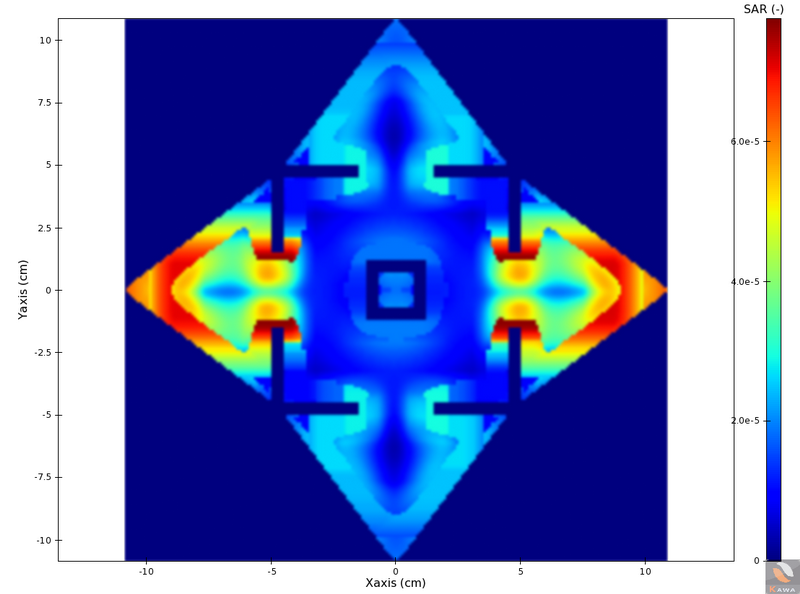
The Neo Free Runner phone
In order to illustrate the ability of AXS-SAR to model a mobile phone, we have chosen to present the last validation case of the 62704-3 norm. The Neo Free Runner is a former generation phone (before smartphones) marketed in 2007.
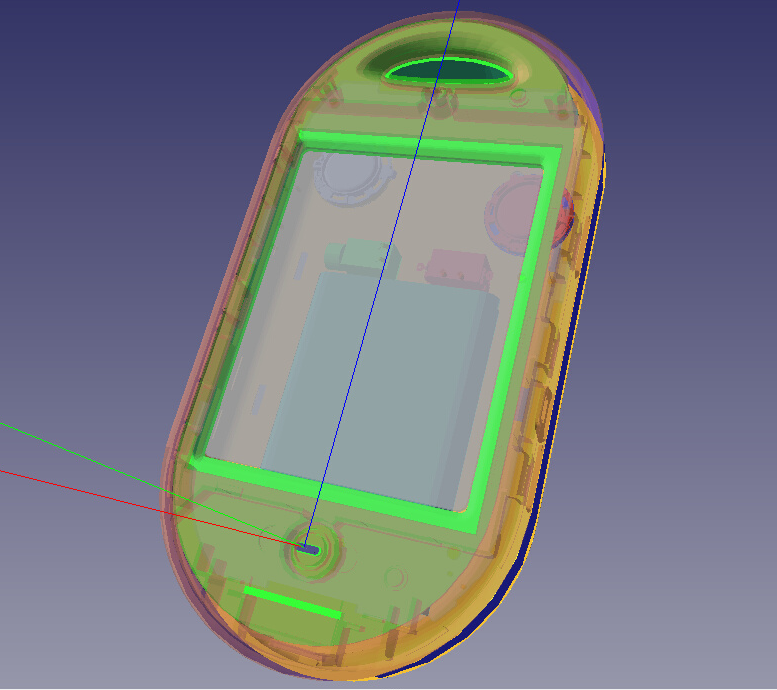
Its antenna is particularly complex and conforms to its dielectric support :
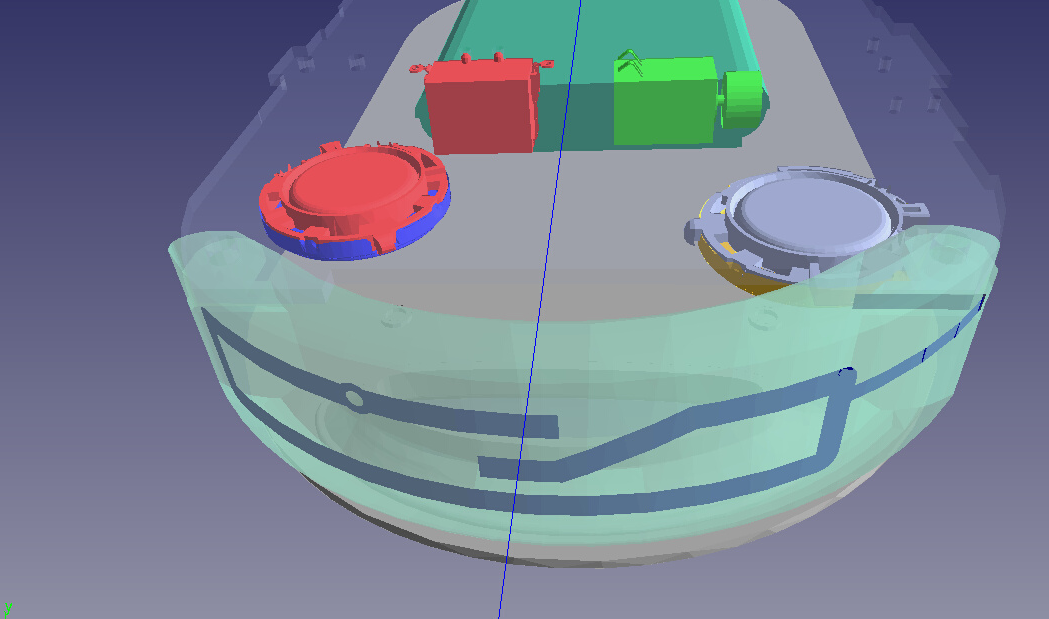
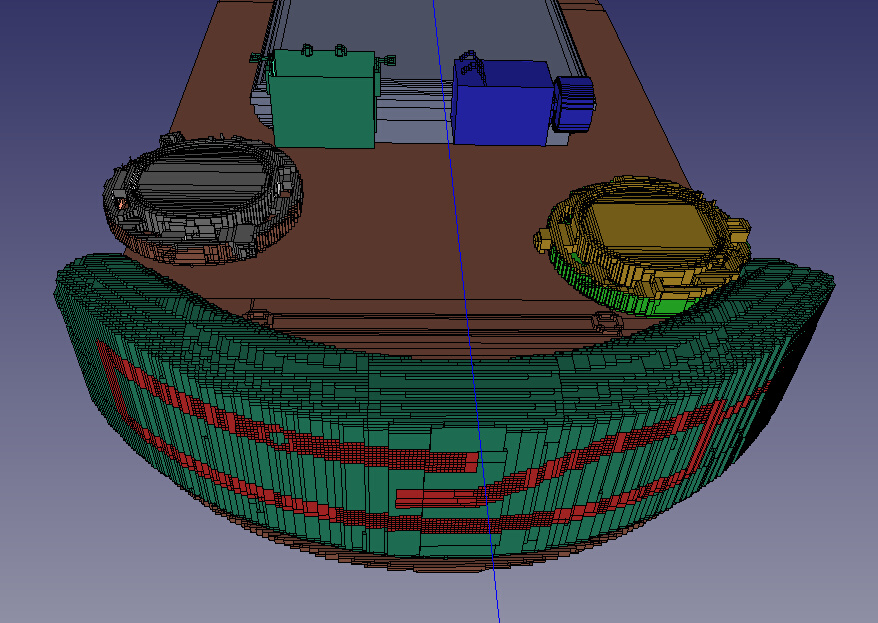
AXS-SAR calculates the “return loss” at the power port complying with the expected values in the standard :
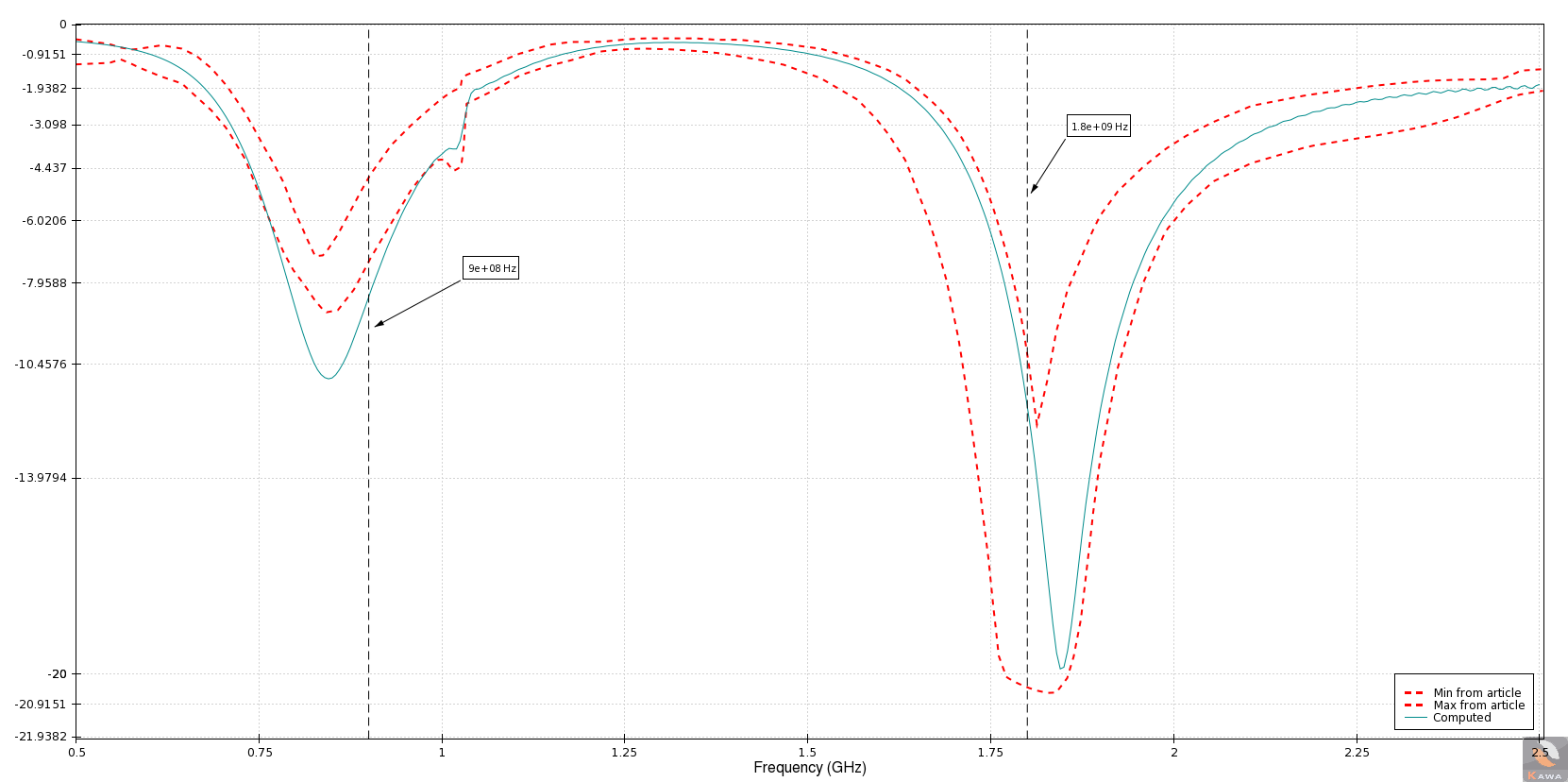
Thanks to AXS-SAR, the user can position the SAM phantom specified by the standard, in the cheek and tilted positions in order to calculate the SAR related to the use of the phone
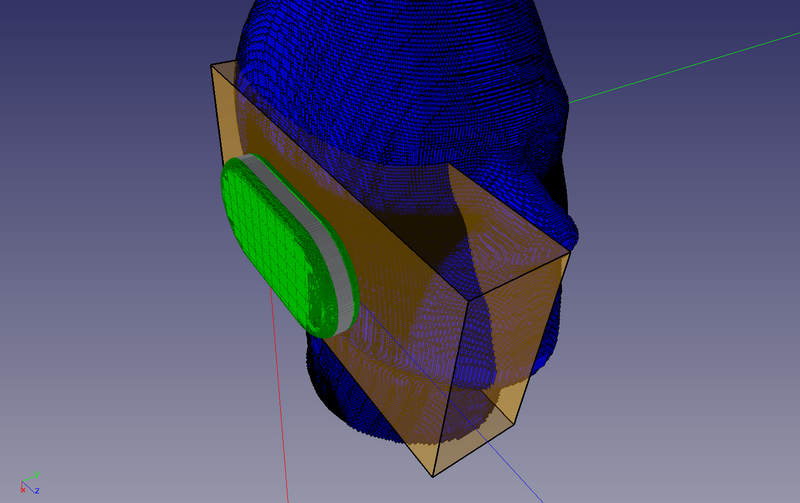
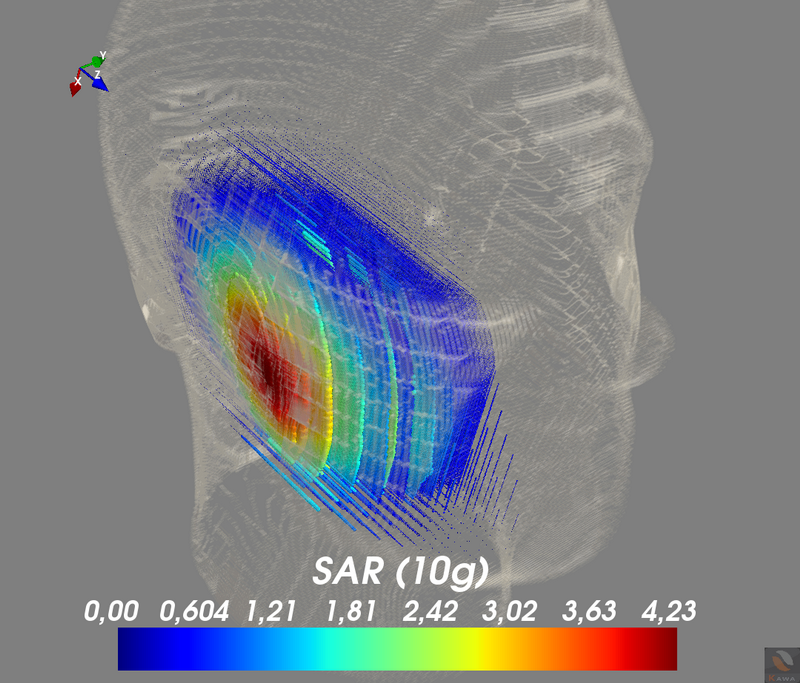
AXS-SAR makes it possible to visualize the distribution of the SAR and to identify the maximum value
